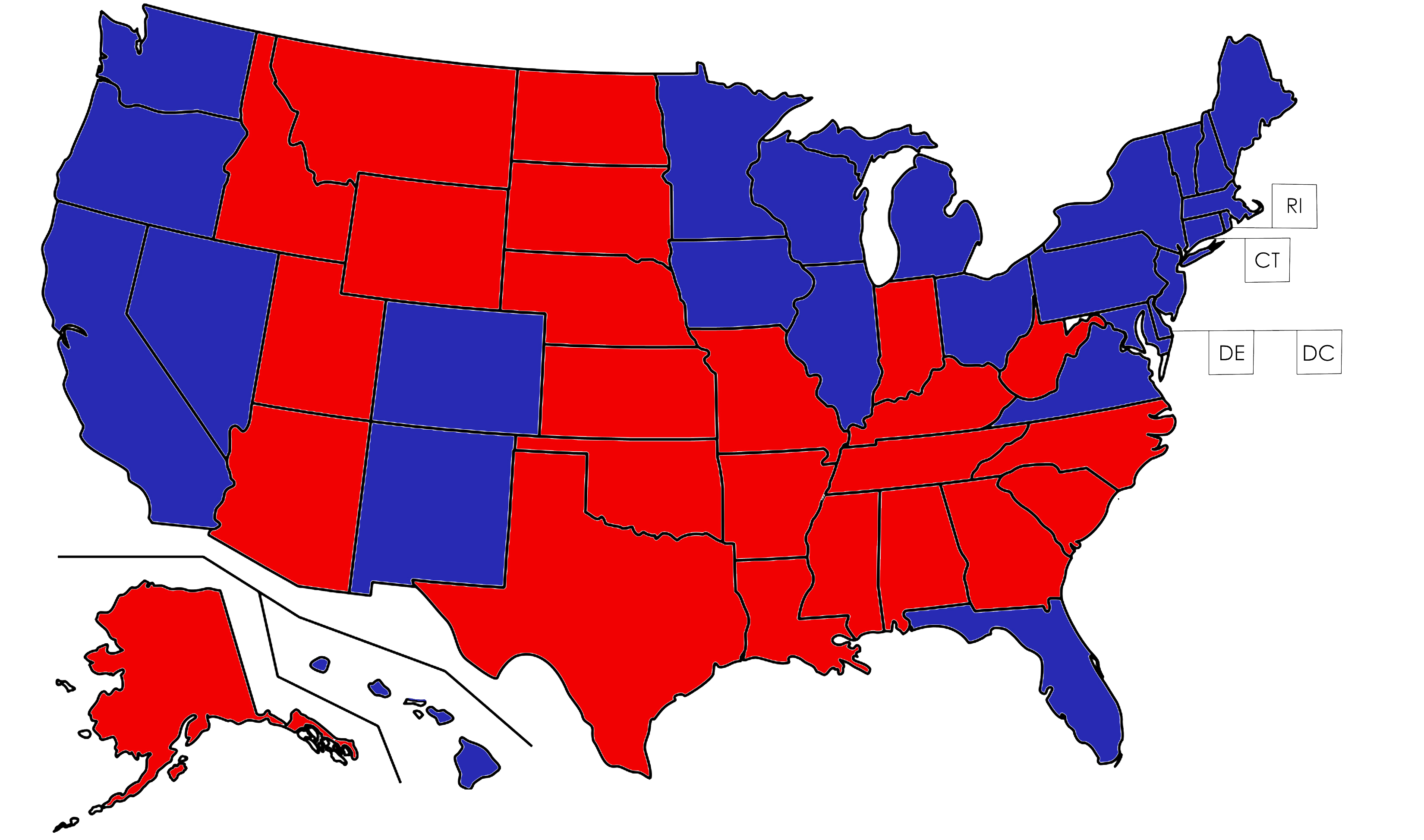
The results of the 2012 election are sure to have a major impact on the future of the United States, as voters made historic decisions around the country. In addition to the presidential election, significant measures appeared on local ballots in Washington and elsewhere, alongside divisive nominees in congressional races.
After months of debates, visits and campaigning, the two major party candidates faced off, racing to 270 electoral college votes. Massachusetts Governor Mitt Romney and running mate Paul Ryan ultimately lost to incumbent President Barack Obama and Vice President Joe Biden. President Obama was able to gain control of many tossup states that Governor Romney had made bids for in the final weeks of the campaign. As usual, the nation’s eyes were trained on major swing states Iowa, Ohio, Virginia and Florida.
Jordan Kroger, a first time voter, chose to cast his vote in Ohio rather than Washington.
“Voting in a state like Ohio, where the entire race rides on the outcome and the decision comes down to a few thousand votes makes you realize how pivotal your individual vote can be,” Kroger said. “It’s very reassuring to know that every vote really does matter.”
While Florida remains undecided, Iowa, Ohio and Virginia all went to President Obama, awarding him a total 303 electoral votes to Romney’s 206. President Obama addressed supporters in Chicago shortly after his victory, saying he is “more inspired about the work there is to do and the future that lies ahead.”
“I think [Obama] will be a lot more conscious of the fact that there’s a time limit on his presidency. As the next election comes into focus, it will be difficult for him to get anything done,” Airiel Quintana, a senior, remarked. “There’s more pressure to get things done, because he was criticized for inaction in his first term. I think he will continue to try to be bipartisan, but I hope he seizes more power.”
Despite losing the presidency, Republicans retained a majority in the House, as Democrats did in the Senate. The 2012 election became immediately historic when a record number of female Senators were elected, amounting to a total of 20. This number includes Washington Senator Maria Cantwell. One of those senators, Tammy Baldwin of Wisconsin, is the first openly gay senator elected to office.
Beyond Baldwin’s election, huge strides were made for homosexual rights. Washington voters, including the majority of Pierce County, approved Referendum 74, allowing for same-sex marriage in the state. This November marks the first time that same-sex marriage has been verified by popular vote, in not just Washington, but also Maine and Maryland.
Similarly, Minnesota residents rejected a measure defining marriage as between a man and a woman.
“Same-sex marriage hasn’t been made a reality for enough people,” Rachel Murphy said. “This law was so progressive and I’m so proud to have been able to vote on it and see it passed.”
Additionally, major steps were taken towards marijuana legalization, both in Colorado and Washington. Murphy doesn’t see these new drug laws “making a big change in the world, because [marijuana] is still federally illegal. People are going to do what they’re going to do, and if you can tax it, then why not?”
An often forgotten aspect of this year’s election was Puerto Rico’s participation. Puerto Rico had a two-part issue on its ballot that explored the public attitude toward the United States. The first question asked if citizens believed that Puerto Rico’s relationship with the U.S. should change.
The second question gave three options for changing the relationship: national independence, statehood or a different change in relationship, to be determined later. The majority of citizens voted in favor of change, specifically statehood.
There are several issues, however, with Puerto Rico’s potential vie for statehood. First, nearly half a million voters left this portion of the ballot blank, indicative of the polarized views of Puerto Rican statehood. Second, pro-statehood Governor Luis Fortuno conceded defeat in the election, eliminating the cause’s greatest supporter. The United States, in other words, needn’t make room for a 51st state quite yet.
It is becoming increasingly apparent that the youth vote is highly important to the outcome of elections. Between 2004 and 2008, according to national exit polls, 18-29-year-olds increased from 17 percent to 18 percent of voters. Interestingly enough, race is also beginning to play a major role in voter demographics. Since 2008, the white vote dropped by 6 percent of the total voting population.
Regardless of what passed and what didn’t, who won and who must return to the drawing board, the 2012 election generated great discussion and potential for change in American politics.
